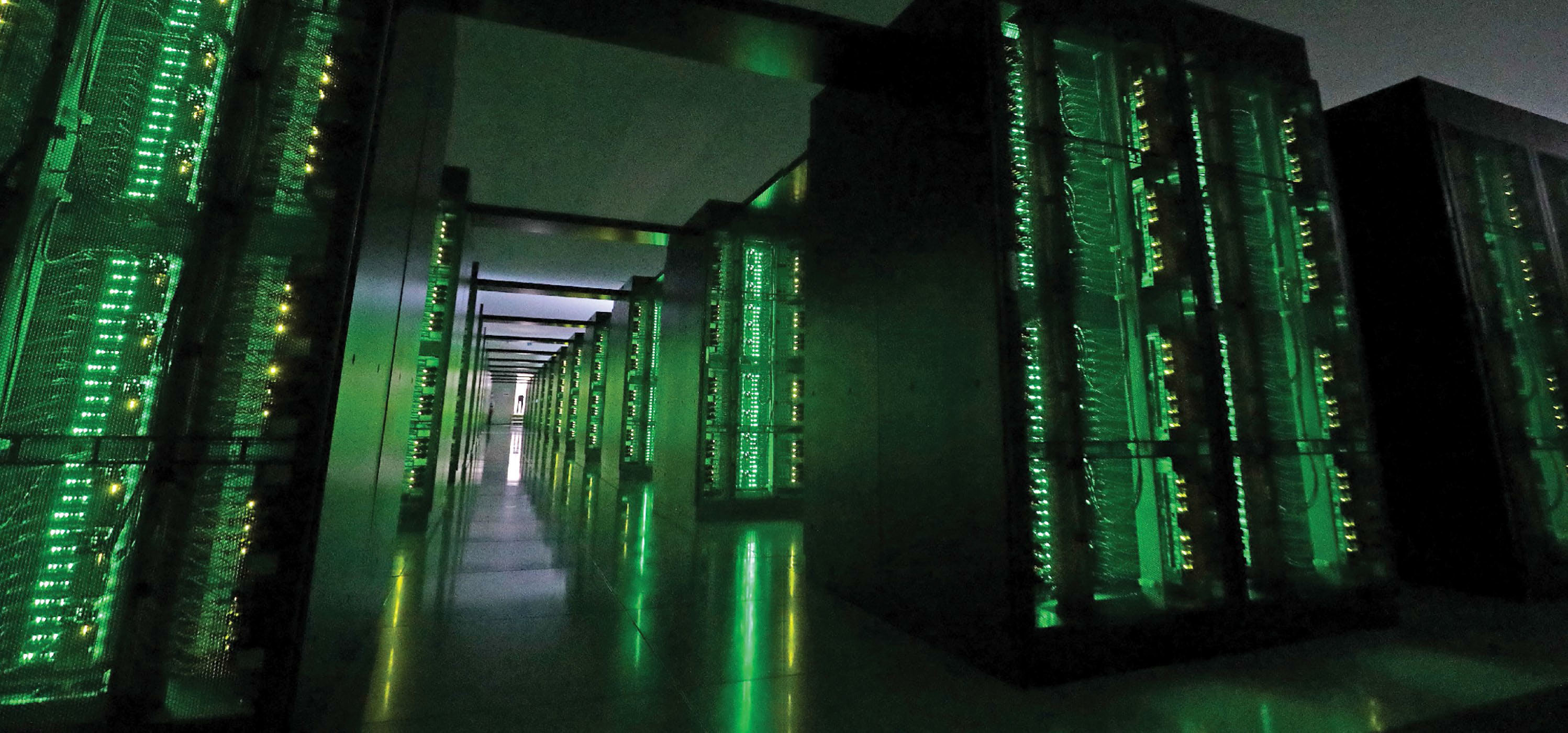
Fugaku: We don’t even know what you’d do with 415 petaflops, but apparently it runs Linux.
© GETTY IMAGES
NO ONE WOULD HAVE BELIEVED in the last years of the 20th century that the processor world was being watched keenly and closely by intelligences greater than Intel’s. Yet across the gulf of the Atlantic in a country called the UK, intellects vast and cool regarded the processor market with envious eyes, slowly and surely drawing their plans against Intel…
Apple is dumping Intel processors for its own design of silicon. How did this happen, and what, if any, are the ramifications to the wider PC market? How can a processor design that started life in an obscure, failed British home computer of the 1980s now challenge the entire Intel empire? We’re going to delve into the ARM microarchitecture, have a look at how it’s advanced over the years, how those architectural advances have borne out in benchmarks, and contrast the results to those of Intel desktop parts.